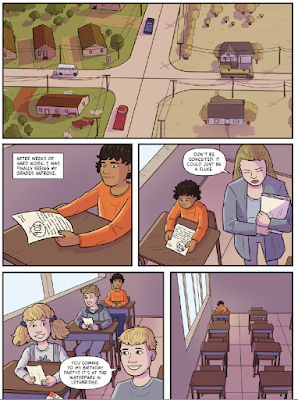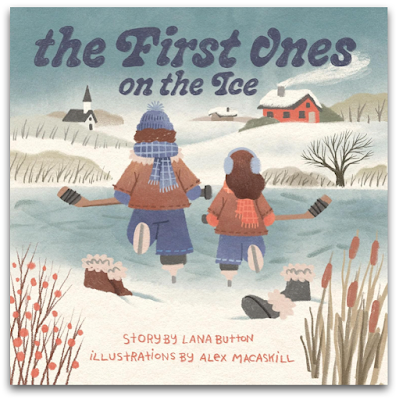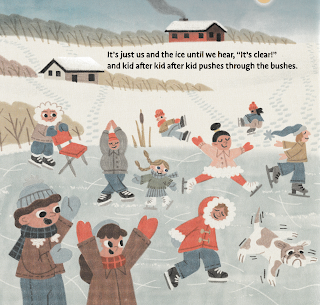Illustrated by Dave Whamond
Fitzhenry & Whiteside
978-1-554556427
32 pp.
Ages 5-8
December 2024
For teachers and parents who love a blend of everything, the Hungry For series by Kari-Lynn Winters and Lori Sherritt-Fleming will always fit the bill. A blend of non-fiction STEM with poetry and humour and fabulous illustrations, Hungry for Engineering: Poems to Gnaw On is their fourth and latest addition to the series, introducing a variety of engineering concepts in bite-size poems that educate and entertain.
 |
| From Hungry for Engineering: Poems to Gnaw On by Kari-Lynn Winters and Lori Sherritt-Fleming, illustrated by Dave Whamond |
In a series of eleven poems, some short and others than span several pages, Kari-Lynn Winter and Lori Sherritt-Fleming delve into all manner of the physical sciences. From the concept of fasteners ("Handy Luke Randy's Fit-It-Up Fasteners") to get power from the sun and wind ("Run by the Sun" and "Wind Tower Power"), and to the ubiquitous "Egg Drop" challenge, they cover a full range of engineering concepts. There's lots to learn about simple machines and forces at work and the mechanics of movement of different materials. Better yet, their poems show kids having fun trying things out, making things move, experimenting and observing, and persevering in their learning. I particularly enjoyed the poem "Clear As Mud?" which shows two children working at filtering muddy water to make it potable, and ends with....
It worked a little, I must admit...I'll try some more. I will not quit!
 |
| From Hungry for Engineering: Poems to Gnaw On by Kari-Lynn Winters and Lori Sherritt-Fleming, illustrated by Dave Whamond |
There's learning that will happen and rhyming joy with the read-aloud but Dave Whamond's illustrations take the poems from entertaining to vigorously animated. There are Godzilla-like creatures munching skyscrapers, a dragon using a stapler, several ingenious Rube Goldberg machines, and a fully-occupied bug hotel created of a variety of materials. His art is colourful and wacky, inclusive and bustling. There's much to see in the details, and the learning will go beyond the text into the illustrations as they search for simple machines and fasteners and more.
 |
| From Hungry for Engineering: Poems to Gnaw On by Kari-Lynn Winters and Lori Sherritt-Fleming, illustrated by Dave Whamond |
• • • • • • •
Hungry for Engineering: Poems to Gnaw On (2024)







































